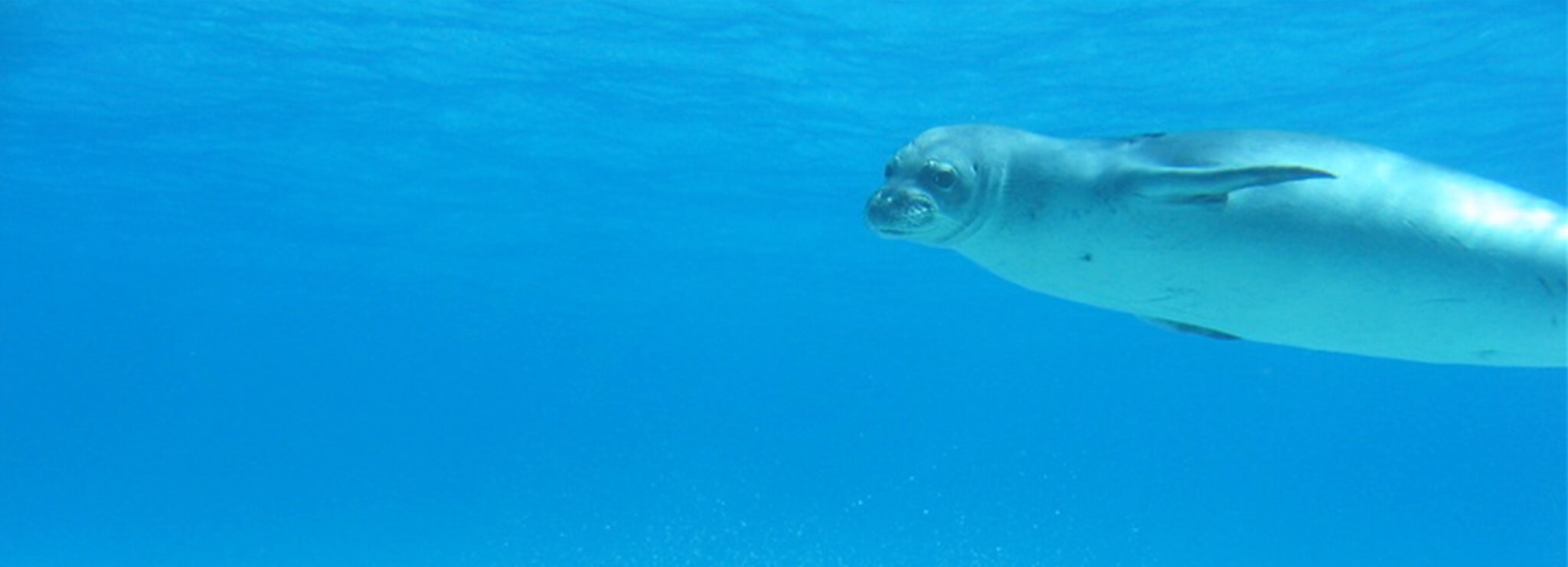
In Challenger Center’s Classroom Adventure: Aquatic Investigators program, students work together to help the Commander of an undersea lab determine why Hawaiian monk seals are missing from their usual home in the Northwestern Hawaiian Islands.
This scenario is pulled from reality: According to NOAA Fisheries, Hawaiian monk seals are one of the world’s most endangered seal species. Once at a population of more than 4,500, their numbers have drastically dwindled over the decades. However, earlier this year, NOAA Fisheries released details that for the first time in more than 20 years, the Hawaiian monk seal population surpassed 1,500!
Why Are Hawaiian Monk Seals Endangered?
The Hawaiian monk seal population began its decline in the late 1950s. To this day, the species face a long list of threats:
- Food limitations
- Shark predators
- Entanglement
- Male seal aggression
- Habitat loss
- Fishery interactions
- Disease and contaminants
- Human-seal interactions
- Intentional killing
While this list may seem daunting, extensive measures have been taken by NOAA Fisheries to combat these threats:
- Outreach and education for monk seal conservation
- Reducing human-seal interactions and fostering a culture of human-seal coexistence
- Habitat protection
- Supporting veterinary care
- Vaccinating wild monk seals against morbillivirus, a respiratory-spread virus
- Translocating weaned pups from areas with high shark predation to safer areas
All of these actions and more have contributed to the Hawaiian monk seal’s population growth.
Classroom Adventures: Aquatic Investigators
While this population growth is exciting news, the current Hawaiian monk seal population is still only one-third of what it once was. To shift the species from “endangered” to “threatened” under the Endangered Species Act, the Hawaiian monk seal population must increase to more than double what it is now. The good news is, that the overall species population is projected to continue growing by 2% each year. This is promising, but there’s still a long way to go.
In Classroom Adventures: Aquatic Investigators, teachers lead students down a path of discovering why the Hawaiian monk seal population is in danger and what they can do to repopulate the species—all while simultaneously working together to repair their undersea lab after a seaquake emergency!
Can your students save the Hawaiian monk seals?
Inspire the next generation of aquatic conservationists today through this Next Generation Science Standards-aligned program.
